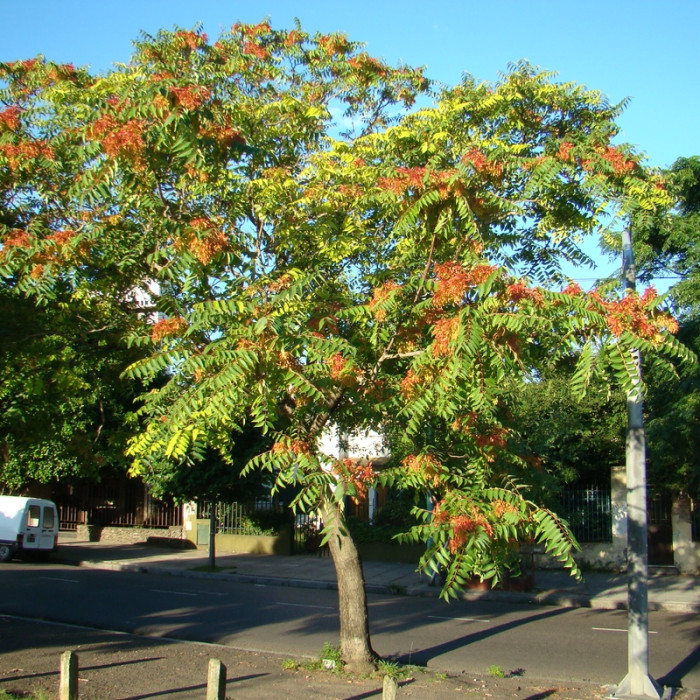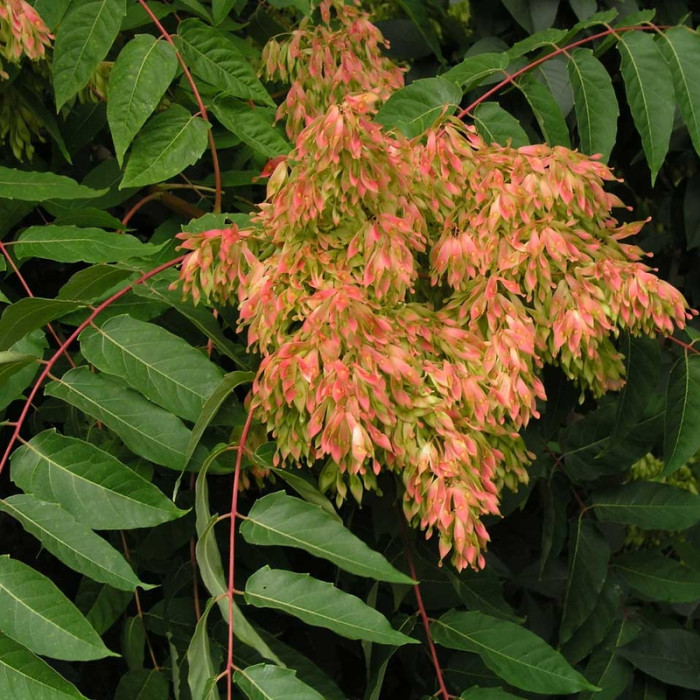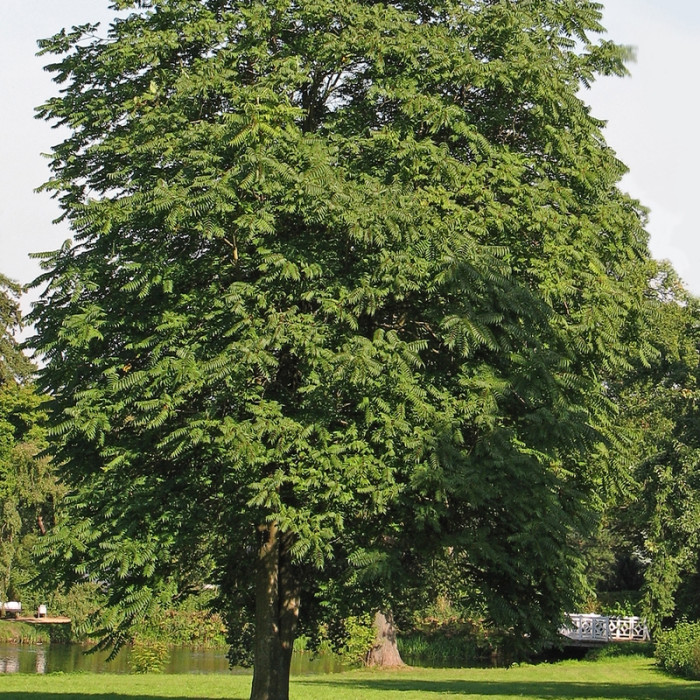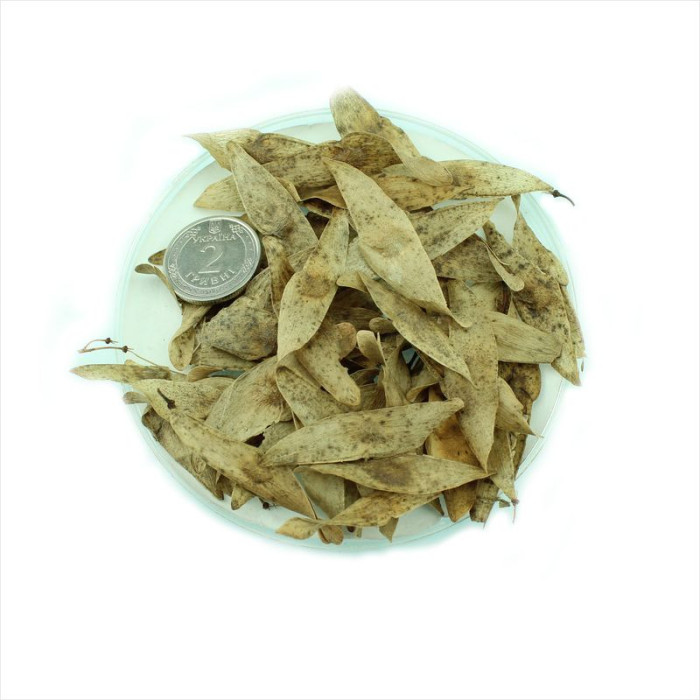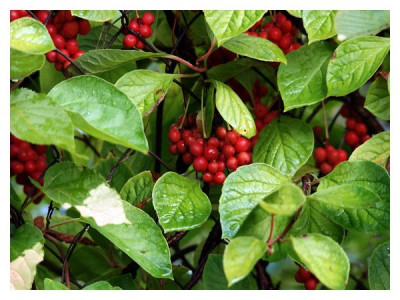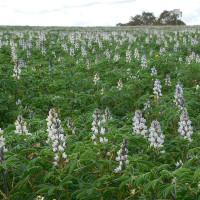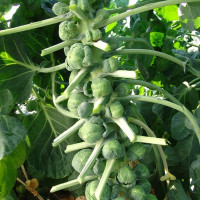Ailanthus altissima / Ailanthus altissima
A type of tree from the Aylant family of the Simarub family. It grows very quickly, so it is very attractive in bonsai plantings. In nature, it reaches a height of 20-30 meters, is undemanding to the soil and drought-resistant.
Forms abundant root sons. The leaves are complex, odd-pinnate, up to 60 cm long, and up to 1 m in growth, similar to palm leaves, so in the USA it is sometimes called the ghetto palm. When deformed, they emit a pleasant specific aroma.
It is especially decorative during the fruiting period in late summer and autumn, when numerous long bunches of dry fruits hang from its branches. These fruits are oblong, irregularly rhombic, flat lions, colored in straw-yellow or reddish-brown color with many shades, 3-5 cm long and 1 cm wide. Blooms in June - July. The flowers are unisexual, in inflorescences up to 20 cm long.
The popular names of the plant are Chinese ash and Chinese elder. The name comes from ailanto, which in one of the Indonesian dialects means the tree of the gods. In English-speaking countries, it received the nickname Tree of Heaven.
The homeland of the highest ailant is China, where the tree has long been cultivated for breeding the ailant silkworm. Cultivated in Europe and North America as a landscaping and decorative plant. It was brought to Russia in 1751.
Many chemicals have been found in various parts of the ailant. Probably, this can explain its diverse use in folk medicine of different countries and homeopathy. The fresh bark of the tall ailant, which has an antimicrobial effect, is used for dysentery and as an anthelmintic for tapeworms, and the fruits - for hemorrhoids and as a means to regulate menstruation. In the folk medicine of Central Asia, the leaves are used for Pendin ulcer (leishmaniasis).

No questions about this product, be the first and ask your question.


